Archives
- 2025-12
- 2025-11
- 2025-10
- 2025-09
- 2025-03
- 2025-02
- 2025-01
- 2024-12
- 2024-11
- 2024-10
- 2024-09
- 2024-08
- 2024-07
- 2024-06
- 2024-05
- 2024-04
- 2024-03
- 2024-02
- 2024-01
- 2023-12
- 2023-11
- 2023-10
- 2023-09
- 2023-08
- 2023-07
- 2023-06
- 2023-05
- 2023-04
- 2023-03
- 2023-02
- 2023-01
- 2022-12
- 2022-11
- 2022-10
- 2022-09
- 2022-08
- 2022-07
- 2022-06
- 2022-05
- 2022-04
- 2022-03
- 2022-02
- 2022-01
- 2021-12
- 2021-11
- 2021-10
- 2021-09
- 2021-08
- 2021-07
- 2021-06
- 2021-05
- 2021-04
- 2021-03
- 2021-02
- 2021-01
- 2020-12
- 2020-11
- 2020-10
- 2020-09
- 2020-08
- 2020-07
- 2020-06
- 2020-05
- 2020-04
- 2020-03
- 2020-02
- 2020-01
- 2019-12
- 2019-11
- 2019-10
- 2019-09
- 2019-08
- 2019-07
- 2019-06
- 2019-05
- 2019-04
- 2018-11
- 2018-10
- 2018-07
-
Thymidine sale Interaction between neutrophils and ECs repre
2020-10-22
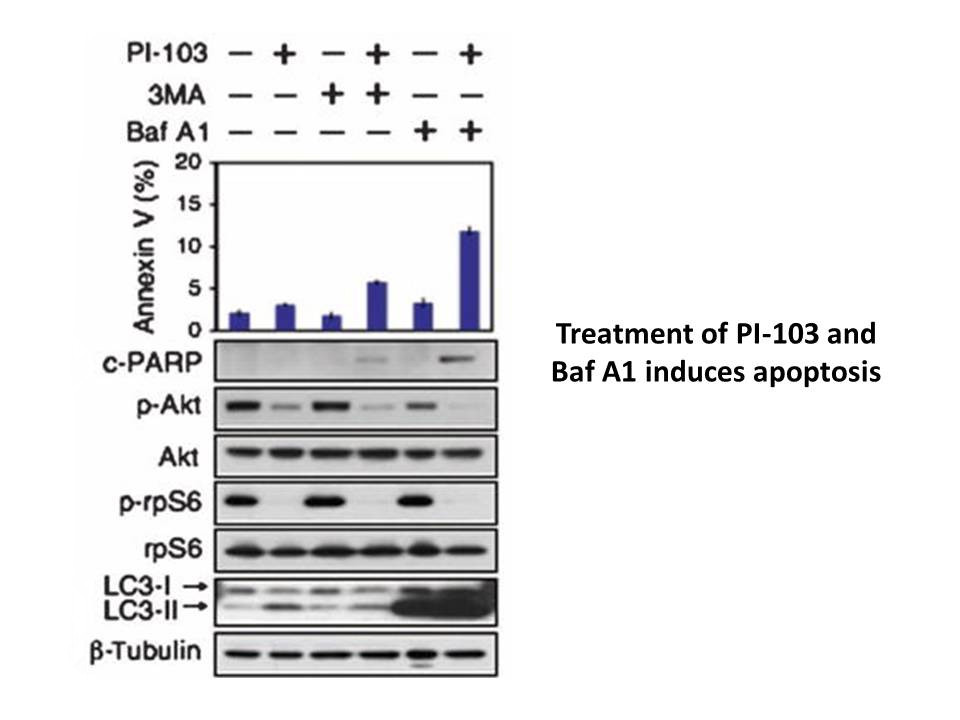
Interaction between neutrophils and ECs represents the first step of the cellular phase of the inflammatory response, and provide the best condition for the transfer of the PMNL-derived LTA4 to the ECs, leading to the transcellular formation of cysteinyl-LTs. It is intriguing therefore to think that
-
br Conclusions br Statement of authorship br Nonaneurysmal
2020-10-22

Conclusions Statement of authorship Nonaneurysmal subarachnoid hemorrhage (NA-SAH) differs from aneurysmal subarachnoid hemorrhage (SAH) in both clinical course and outcome. In spite of many reports and case series since the first description in 1985, the etiology of NA-SAH remains uncertain
-
Phosphatase Inhibitor Cocktail 3 (100X in DMSO) A variety of
2020-10-22
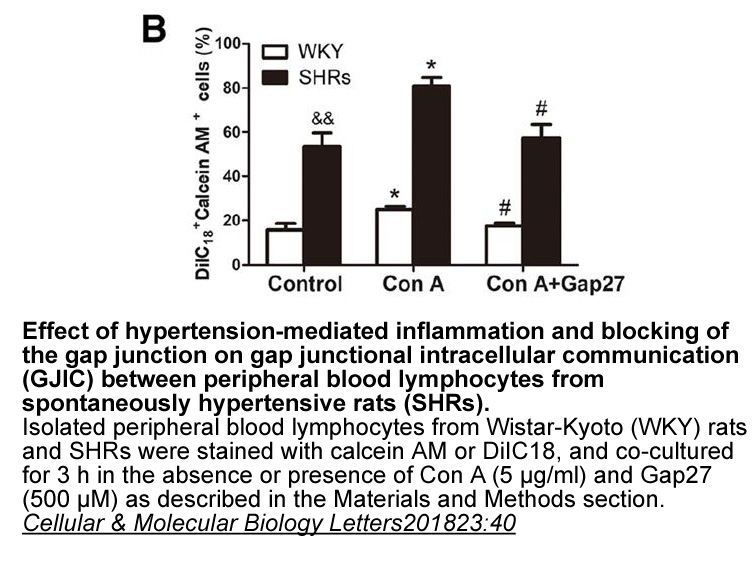
A variety of epidemiological and clinical studies suggest that light alcohol consumption may exert a favorable effects on BP levels but chronic heavy alcohol consumtion causes sustained BP elevation [16], [17]. The hypertensive effect of heavy drinking occurs with all forms of alcohol (i.e. beer win
-
Binding affinity was measured by a scintillation proximity b
2020-10-22
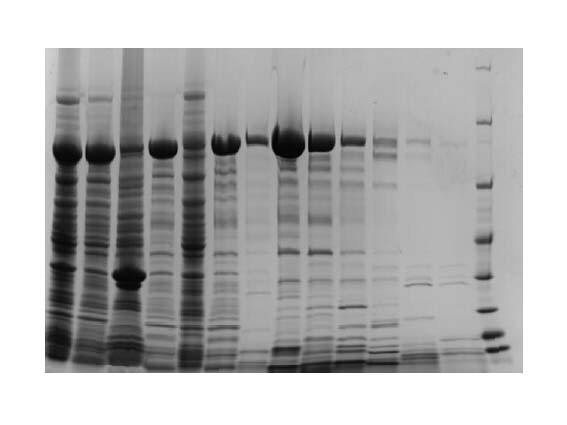
Binding affinity was measured by a scintillation proximity binding assay using [H]4-OHT (ERRγ) or [H]estradiol (ERα/β) as radioligand. In all cases, the ERβ affinity was not significantly different from ERα. Compounds were compared to , which showed high affinity for both receptors and moderate (six
-
irak pathway In general we observed that the enolase
2020-10-22
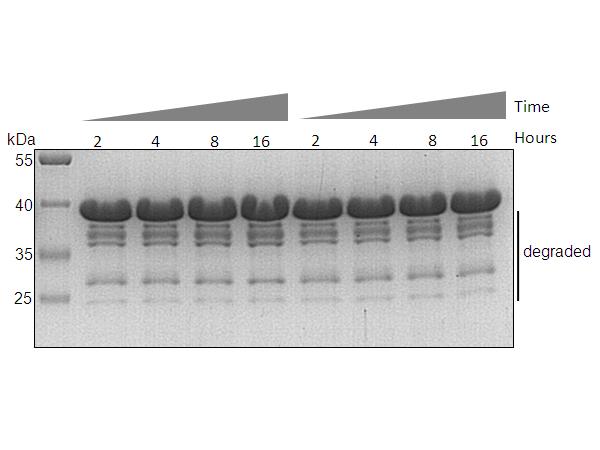
In general, we observed that the enolase gene with highest mRNA levels was TVAG_043500, under all three iron concentration conditions. mRNA levels for this gene are very similar in normal and iron rich cultures (73.9 and 78.1 fold change, respectively), and higher in iron depleted cultures (118.3 fo
-
The elastase induced injury model
2020-10-22

The elastase-induced injury model has been shown to produce airspace enlargement, and increases in lung volume and compliance that are similar to those observed in human patients (Hantos et al., 2008, Hamakawa et al., 2011). Thus, this model, which has been used to study emphysema, should be adequat
-
Moreover Hypericum perforatum L was also included in
2020-10-22

Moreover, Hypericum perforatum L. was also included in the initial screening, showing only a weak percentage of inhibition on both enzymes. In fact, it was not selected among the most active plants. The phytochemical profiles of these three Hypericum species were already reported to be significantly
-
br Experimental Procedures br Acknowledgments
2020-10-22

Experimental Procedures Acknowledgments We thank R. Brink for providing HEL2x, M. Tanaka for CD169DTR mice, R. Lathe for making Cyp7b1+/− mice available, and M. Barnes and A. Reboldi for comments on the manuscript. T.Y. is an Irvington Institute Postdoctoral Fellow at the Cancer Research Insti
-
br Experimental Procedures br Author Contributions br
2020-10-22
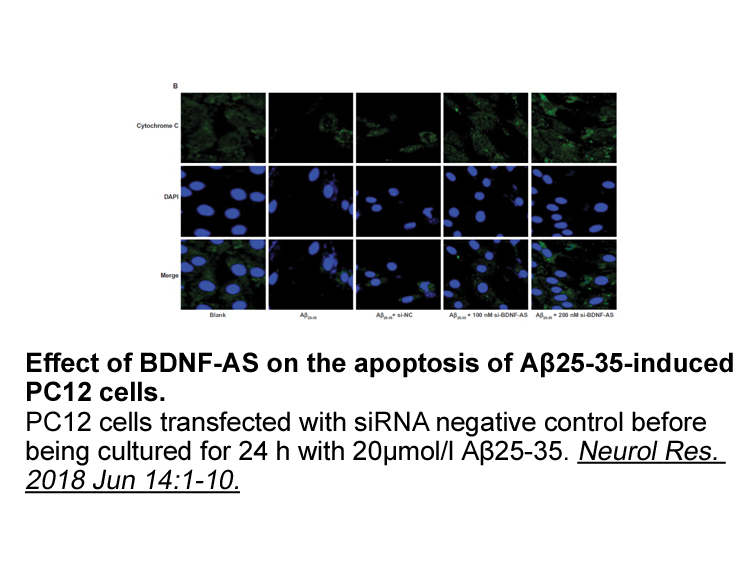
Experimental Procedures Author Contributions Acknowledgments We acknowledge Géraldine Le Goff and Mathieu Canales for blood sampling, Cécile Gameiro and Jean-Pierre Aubry for flow cytometry technical assistance, Giuseppe Pantaleo for support, and Britta Engelhardt, Gisella Puga-Young, Nicol
-
As a basis for the
2020-10-22
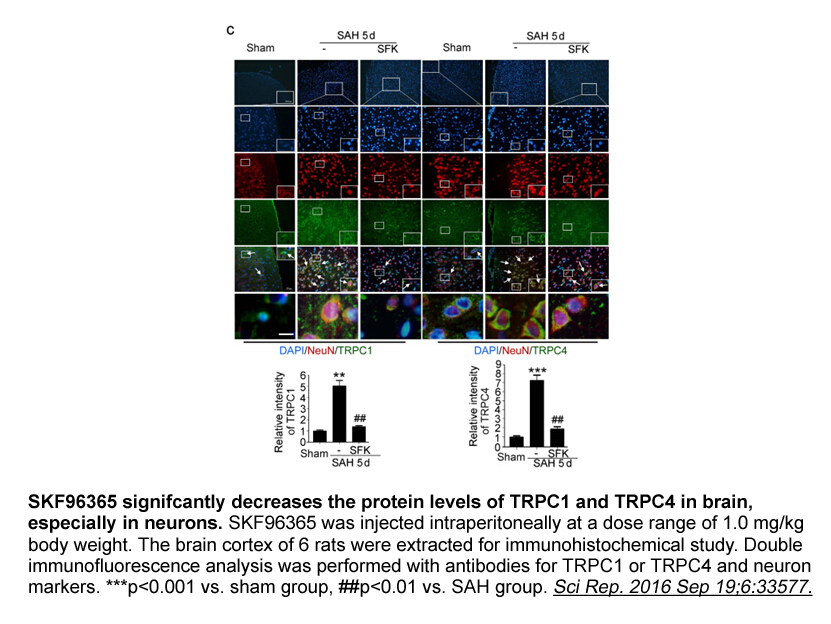
As a basis for the DDR1 substrate identification approach detailed below, we first set out to perform 2D-gel electrophoresis with lysates isolated from collagen-stimulated human breast cancer MDA-MB-231 fluvastatin sodium australia overexpressing DDR1 (b-isoform). This allowed us to determine wheth
-
An important strength of our study is the
2020-10-21
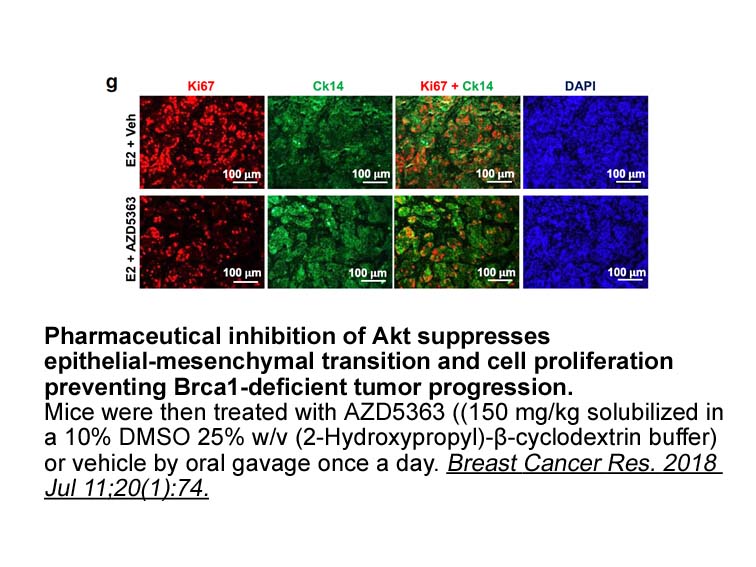
An important strength of our study is the use of an elastic net regression model to select the variable and construct the model, which performed ideally in terms of both predictive accuracy and sparsity for the high-dimensional datasets [16]. As a result, the apparent predictive effect of multiple c
-
br Data deposition The structure
2020-10-21

Data deposition: The structure factor amplitudes and coordinates of mIL34 and the mIL-34:mCSF-1R complex have been deposited in the Protein Data Bank, www.pdb.org, with accession codes 4EXN and 4EXP. Note added in proof The authors would like to inform the readers of two recent articles that ar
-
br Results Table shows demographics and clinical features of
2020-10-21
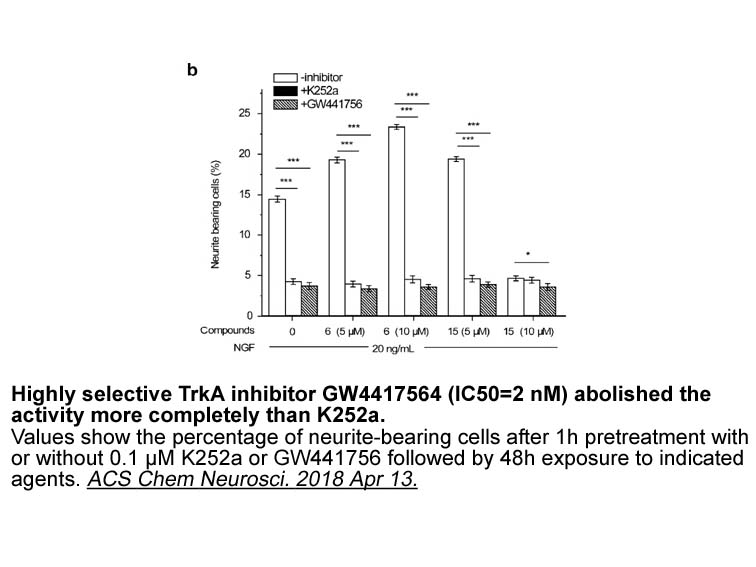
Results Table 1 shows demographics and clinical features of subjects with obesity and controls. Before surgery five obese were diabetic, only one on glucose-lowering therapy; three obese were dyslipidemic and assumed lipid lowering medications. Lathosterol levels were significantly higher in pati
-
Several of the plant extracts that showed interaction with
2020-10-21

Several of the plant extracts that showed interaction with ERα and ERβ have differing reports concerning estrogenicity and receptor binding. Extracts of dong quai stimulated MCF-7 proliferation but failed to increase uterine weight or transactivate either ERα or ERβ in a cell assay (Amato et al., 20
-
Nevirapine synthesis Arsenic is an endocrine disruptor with
2020-10-21
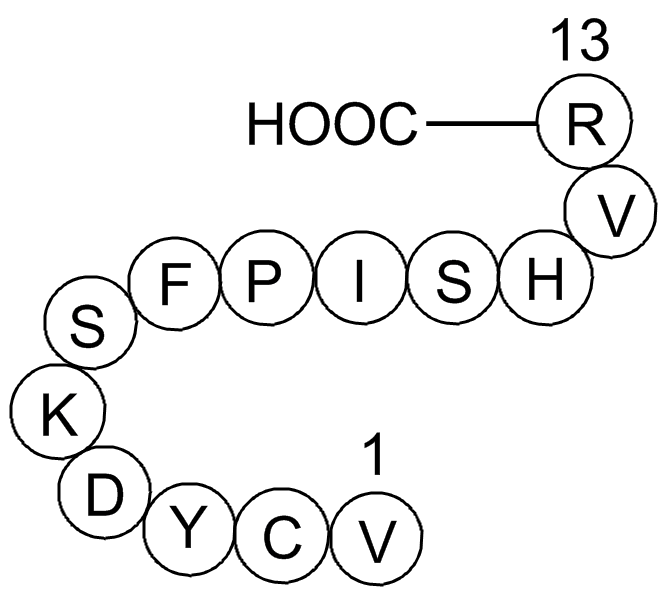
Arsenic is an endocrine disruptor with estrogenic activity. Further study has shown that arsenic exposure can significantly increase the expression of estrogen receptor-related genes, steroid metabolism-related enzymes and lung cancer-related genes in the lung tissues of female mice on the occurrenc
15667 records 743/1045 page Previous Next First page 上5页 741742743744745 下5页 Last page